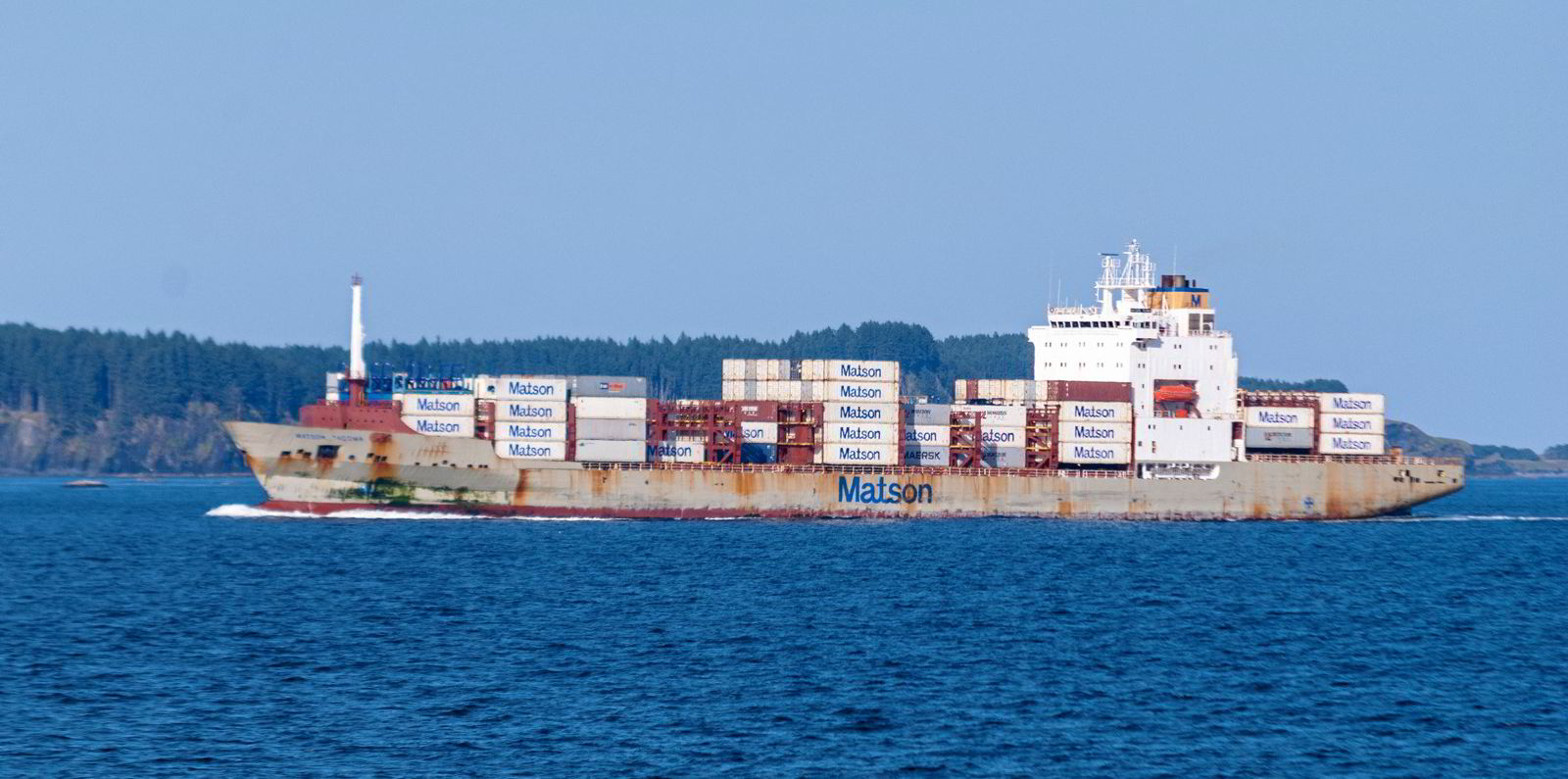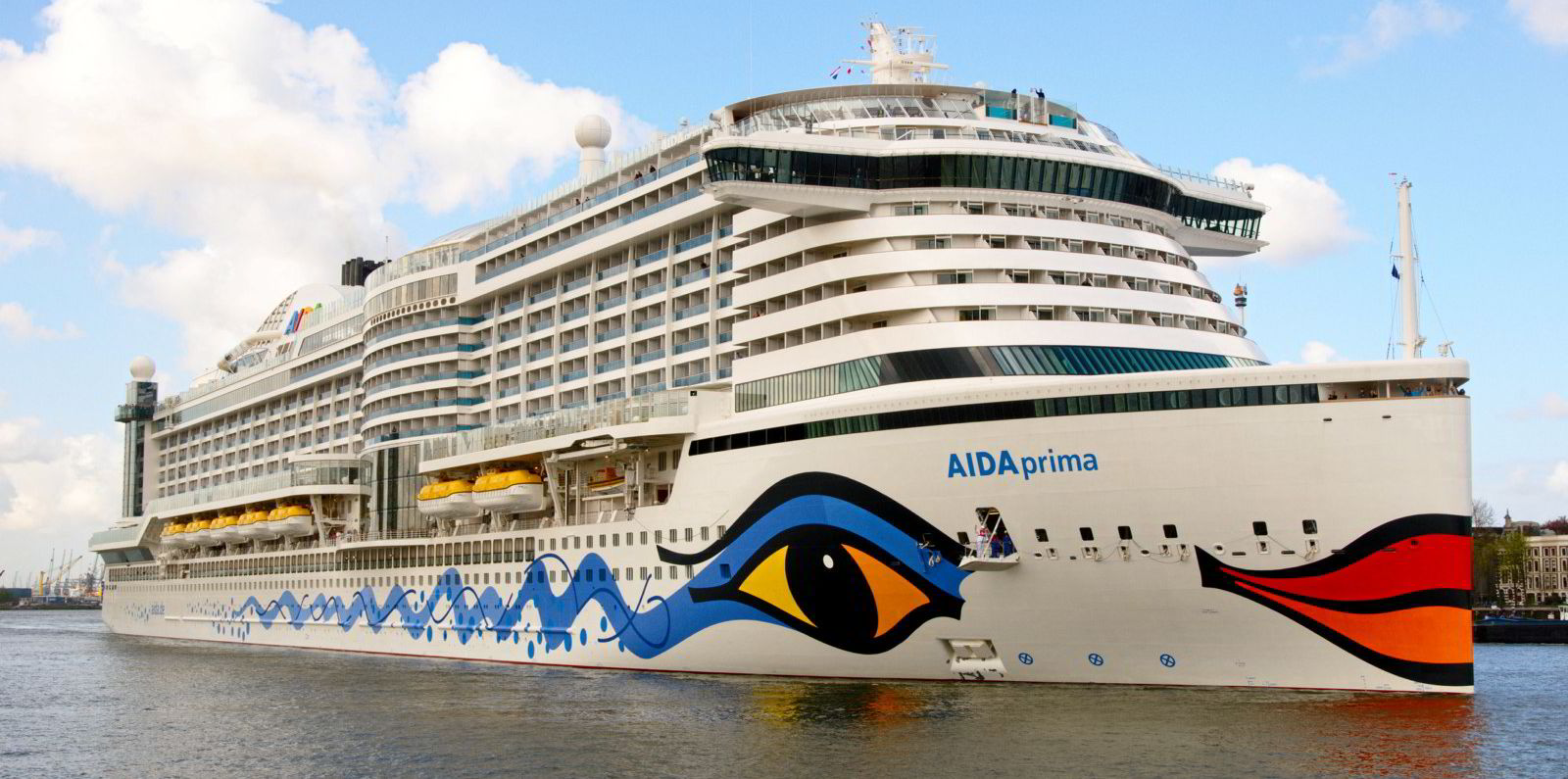Matson has reported a 17% surge in direct carbon emissions from its operations in 2021 as the Hawaii container ship operator experienced “unprecedented demand”.
The New York-listed outfit, which controls a fleet of mostly owned vessels on trades protected by the US Jones Act, reported Scope 1 emissions of more than 1.2m tonnes of CO2 equivalents.
That is up from nearly 1.03m tonnes in 2020.
“In 2021, Matson’s energy use and emissions rose, driven by unprecedented demand for maritime transportation and logistics services in the midst of a continuing global pandemic and supply chain disruptions,” the company said in its annual sustainability report.
Matson said part of the rise in Scope 1 emissions resulted from the launch of its China-California Express Service and other sailings from China, all aimed at service customers facing port congestion in the Asian nation and on the US West Coast.
The growth in demand in the Pacific market also meant that all of Matson’s ships were fully utilised, including its reserve fleet, in 2021. That added 600 vessel operating days.
Honolulu-based Matson also included the emissions of its shoreside operations in its Scope 1 emissions figure for the first time, adding about 20,000 tonnes to the total.
Matson is targeting net-zero Scope 1 carbon emissions in 2050, after reaching a 40% reduction in 2030 from its owned fleet. Both goals use 2016 as a baseline, a year when Matson pumped out 1.34m tonnes of Scope 1 emissions.
Scope 2 jump
The company also reported an increase in Scope 2 emissions, which involve the carbon footprint of its energy purchases.
The report shows Scope 2 emissions from just 800 tonnes in 2020 to 14,900 tonnes last year, but the vast majority of that was from reporting shoreside operations to the numbers in 2021. For its marine shipping operation, Scope 2 emissions increased from 800 tonnes in electricity to provide shore power to ships to 1,000 tonnes.
Matson also became one of the few shipping companies reporting Scope 3 emissions, which amounted to nearly 1.89m tonnes in 2021, although the liner operator did not offer a comparable figure for the prior year.
The company is not alone in increasing its greenhouse gas emissions in 2021. Surging demand for goods and supply chain snarls upped utilisation of the global shipping fleet last year, particularly in the container shipping sector, which pushed up the industry’s carbon footprint.
Matson said it remains committed to its 2030 goals, as demonstrated by its replacement of seven older steamships with four newbuildings last year. The company is also gearing up to add LNG fuelling to two of its vessels.





